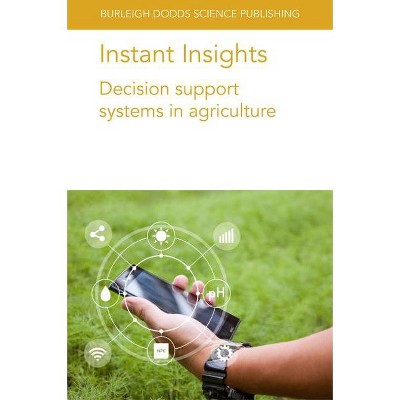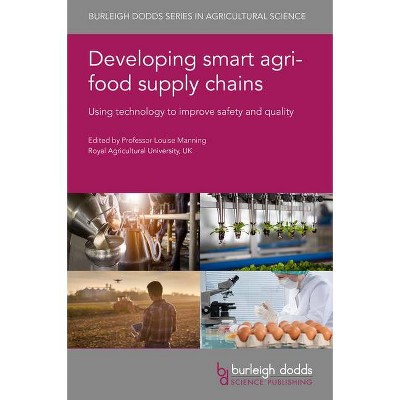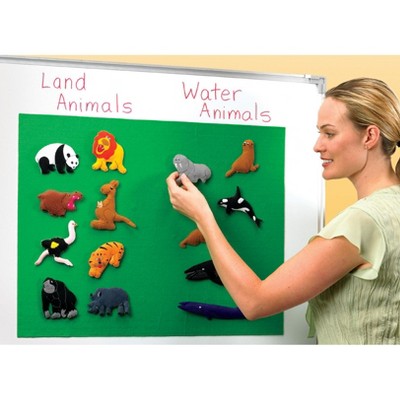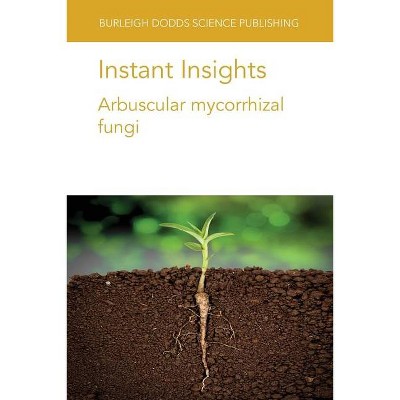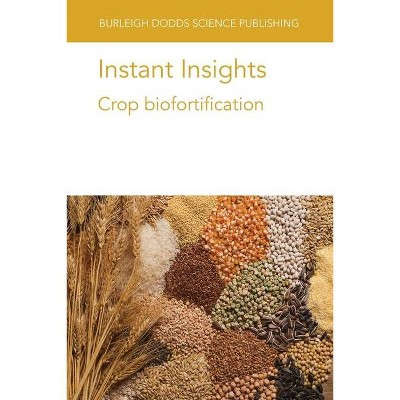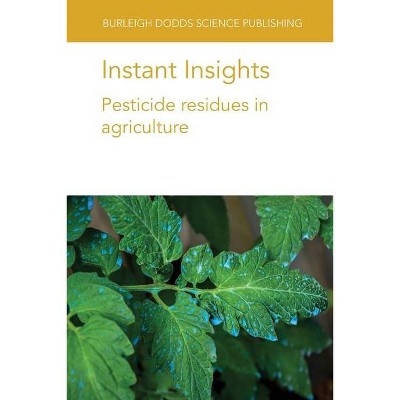Instant Insights: Developing Forestry Products - (Burleigh Dodds Science: Instant Insights) (Paperback)

Similar Products
Products of same category from the store
AllProduct info
<p/><br></br><p><b> About the Book </b></p></br></br>This collection features five peer-reviewed literature reviews on developing forestry products.<p/><br></br><p><b> Book Synopsis </b></p></br></br><p><b>This collection features five peer-reviewed literature reviews on developing forestry products.</b> <p/>The first chapter discusses trade-offs between timber products from plantation forests and the need to protect ecosystem services such as carbon sequestration. It reviews ways of innovating business practices, the use of solid wood, reconstituted products and woody biomass as products. <p/>The second chapter explores hardwood tree management within agroforestry systems for the production of veneer and high-quality sawlogs. It reviews how to optimise production in alley cropping, riparian buffers and silvopasture systems. <p/>The third chapter assesses the range of non-timber forest products from tropical forests. These include non-wood fiber resources, including bamboo, rattan and agricultural biomass. These can be used to replace traditional wood fibers in both building and non-structural applications. <p/>The fourth chapter focusses on new processes and applications of forestry products. It discusses cellulose pulp conversion into cellulosic nanomaterials, hydrolysis of hemicelluloses from wood to produce sugars for use in the food industry, as well as extraction of polyphenols from bark for nutraceuticals. <p/>The final chapter reviews alley cropping practices to produce overstory nut crops. It discusses genetic improvement of nut trees, orchard design and management as well as pest management in nut tree alley cropping.</p><p/><br></br><p><b> From the Back Cover </b></p></br></br><p><b>This collection features five peer-reviewed literature reviews on developing forestry products.</b> <p/>The first chapter discusses trade-offs between timber products from plantation forests and the need to protect ecosystem services such as carbon sequestration. It reviews ways of innovating business practices, the use of solid wood, reconstituted products and woody biomass as products. <p/>The second chapter explores hardwood tree management within agroforestry systems for the production of veneer and high-quality sawlogs. It reviews how to optimise production in alley cropping, riparian buffers and silvopasture systems. <p/>The third chapter assesses the range of non-timber forest products from tropical forests. These include non-wood fiber resources, including bamboo, rattan and agricultural biomass. These can be used to replace traditional wood fibers in both building and non-structural applications. <p/>The fourth chapter focusses on new processes and applications of forestry products. It discusses cellulose pulp conversion into cellulosic nanomaterials, hydrolysis of hemicelluloses from wood to produce sugars for use in the food industry, as well as extraction of polyphenols from bark for nutraceuticals. <p/>The final chapter reviews alley cropping practices to produce overstory nut crops. It discusses genetic improvement of nut trees, orchard design and management as well as pest management in nut tree alley cropping. <p/><b>What is an Instant Insight?</b><br>An Instant Insight gives you immediate access to key research on a topic, allowing you to get right to the heart of a subject in an instant and empowering you to contribute to sustainable agriculture.</p>
Price History
Price Archive shows prices from various stores, lets you see history and find the cheapest. There is no actual sale on the website. For all support, inquiry and suggestion messagescommunication@pricearchive.us

